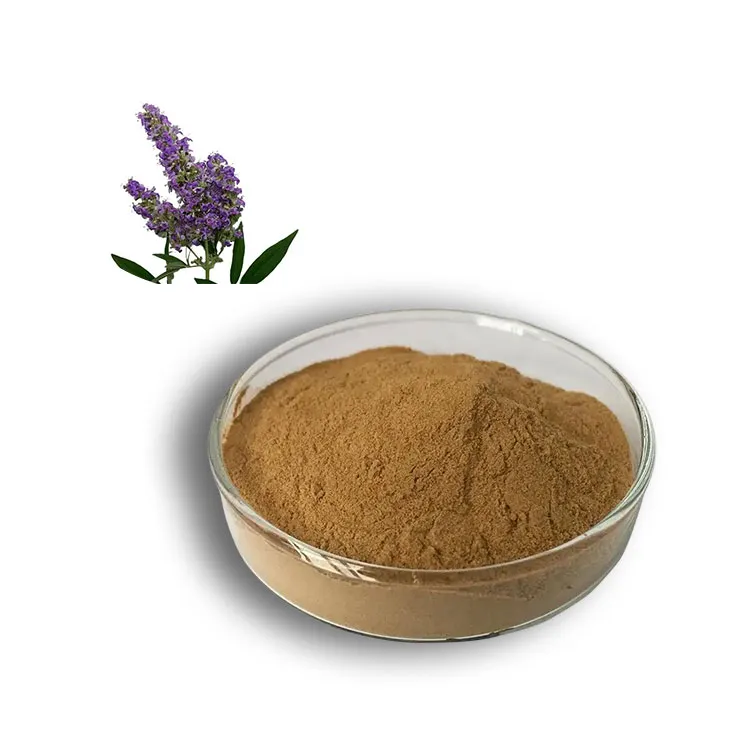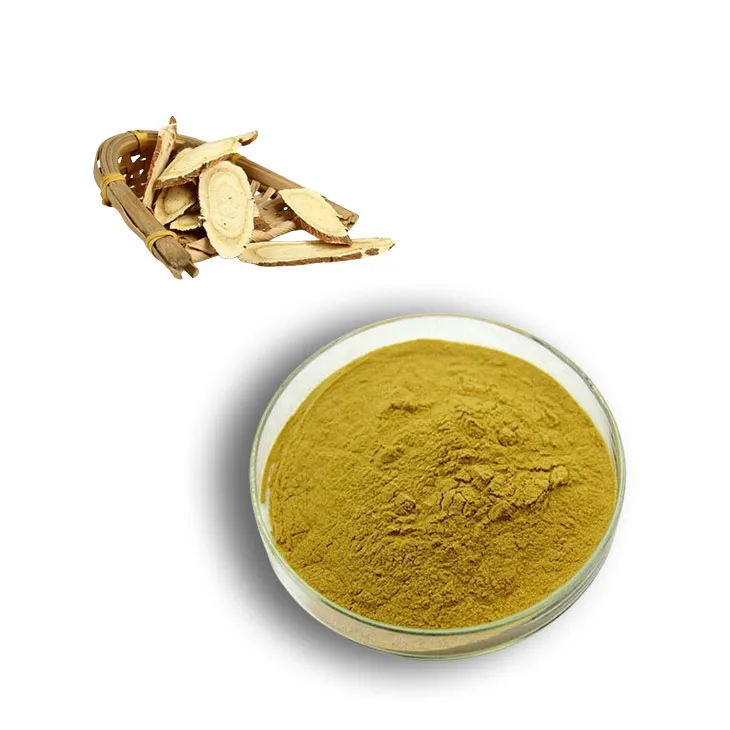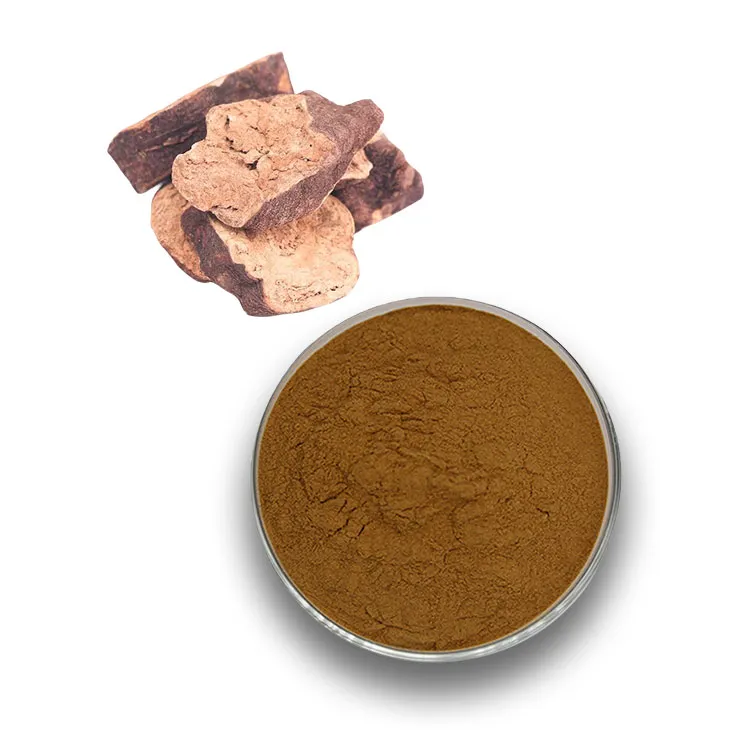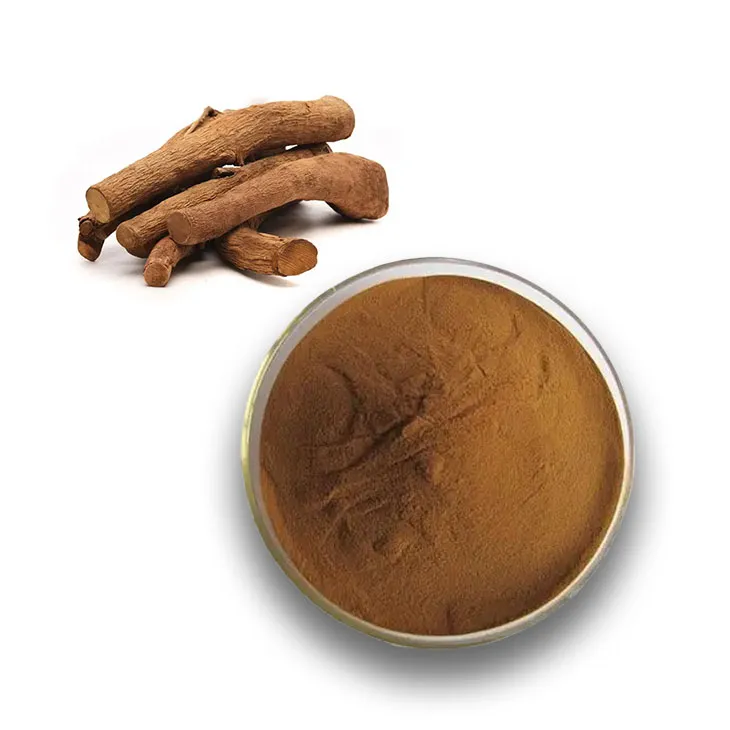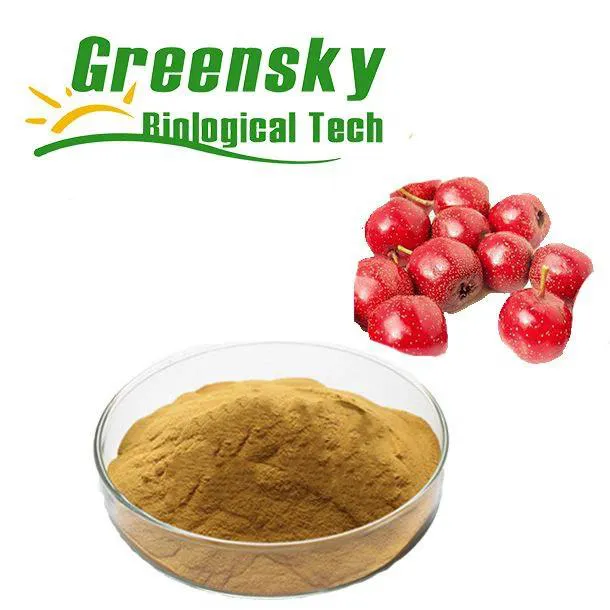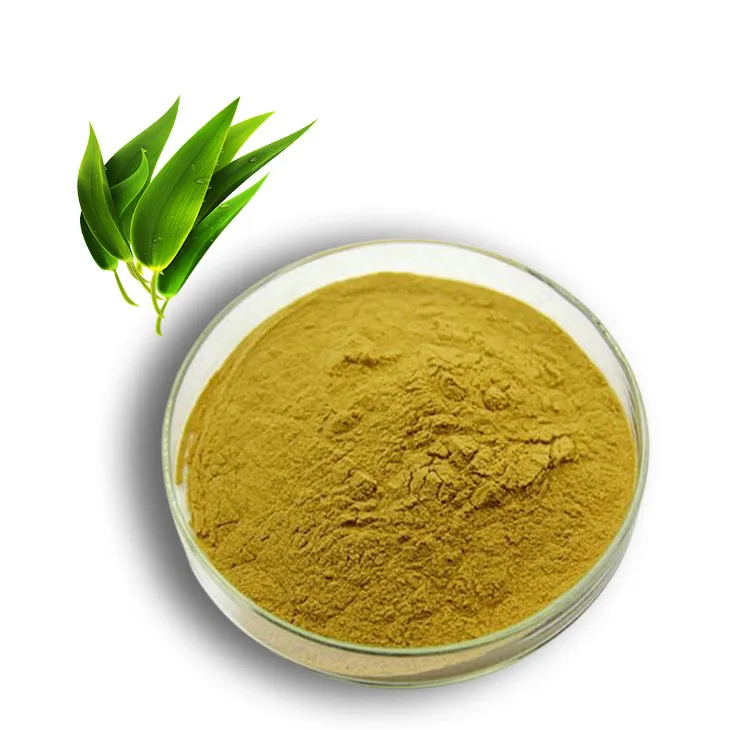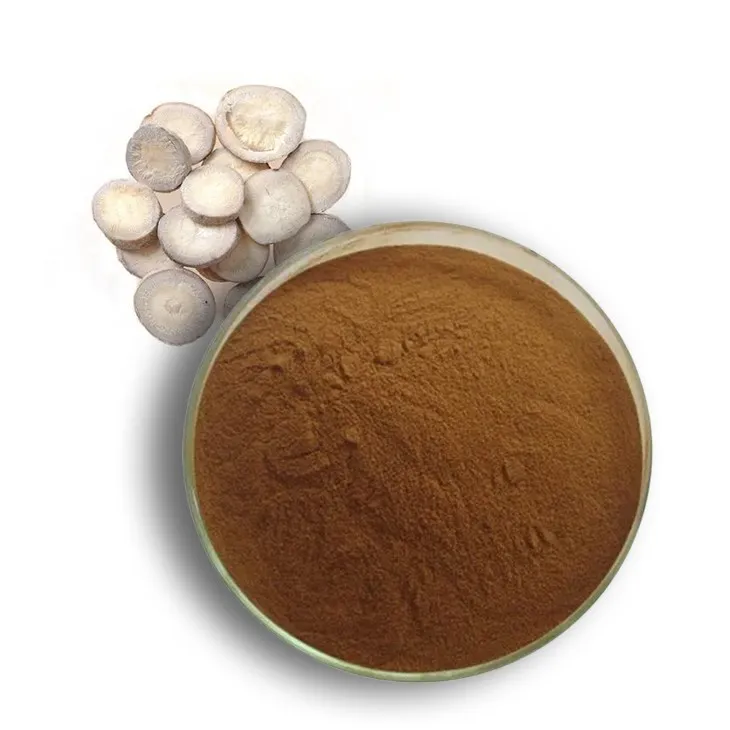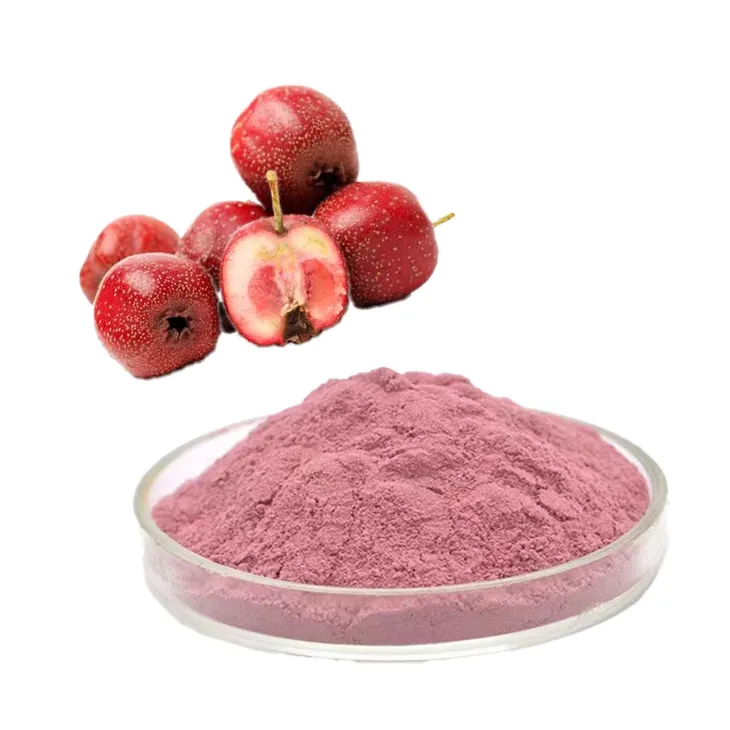- 0086-571-85302990
- sales@greenskybio.com
how to extract tomato seeds for planting
2023-09-27
1. Benefits of Seed Extraction for Planting
1. Benefits of Seed Extraction for Planting
Extracting tomato seeds for planting offers a multitude of benefits that can enhance your gardening experience and yield. Here's why it's worth the effort:
1.1 Cost-Effective
One of the most significant advantages is the cost savings. Purchasing seeds or seedlings can be expensive, especially if you plan to grow a large number of tomato plants. By extracting your own seeds, you can reduce or even eliminate this expense.
1.2 Genetic Diversity
Extracting seeds from tomatoes you've grown allows you to preserve and propagate unique varieties that may not be commercially available. This helps in maintaining genetic diversity in your garden.
1.3 Customization
You can select the best tomatoes from your harvest for seed extraction, ensuring that the plants you grow from these seeds will have desirable traits such as taste, size, and disease resistance.
1.4 Sustainability
Seed extraction is a sustainable practice that reduces waste and supports a self-sufficient gardening approach. It allows you to recycle your produce and use it to grow more plants.
1.5 Learning Opportunity
The process of extracting and germinating seeds is educational, providing insights into the life cycle of plants and the basics of plant biology.
1.6 Control Over Planting
By extracting your own seeds, you have control over when and how you plant them, which can be particularly useful for succession planting and extending the growing season.
1.7 Seed Saving Tradition
It connects you with a long-standing tradition of seed saving among gardeners, contributing to the preservation of heirloom varieties and local agricultural heritage.
1.8 Experimentation
Extracting seeds gives you the chance to experiment with different varieties and crossbreeding to create new tomato types with unique characteristics.
1.9 Enhanced Gardening Skills
The process of seed extraction and germination can improve your overall gardening skills, making you a more knowledgeable and capable gardener.
By understanding and leveraging these benefits, you can make the most out of your gardening endeavors, ensuring a bountiful harvest and a more rewarding experience.
2. Gather Necessary Materials
2. Gather Necessary Materials
Before you begin the process of extracting tomato seeds for planting, it's essential to gather all the necessary materials to ensure a smooth and successful process. Here's a list of items you'll need:
1. Tomatoes: Choose ripe tomatoes that are free from any visible signs of disease or blemish. The ripeness of the fruit is crucial as it affects the viability of the seeds.
2. Bowl or Dish: A clean bowl or dish to collect the seeds and pulp after extraction.
3. Strainer or Sieve: To separate the seeds from the pulp and any remaining fruit bits.
4. Water: You'll need water to rinse the seeds and to float out any immature or non-viable seeds.
5. Paper Towels or Newspaper: To dry the seeds after washing.
6. Seed Storage Envelopes or Containers: For storing the extracted seeds until you're ready to plant them. Make sure the containers are airtight and labeled with the variety and date of extraction.
7. Disinfectant: A mild bleach solution or rubbing alcohol to sterilize your tools and prevent the spread of diseases.
8. Tweezers or Spoon: To handle the seeds carefully, especially during the washing and drying process.
9. Plastic Bag or Ziplock Bag: To create a humid environment for the seeds during the fermentation process.
10. Scale: To weigh the seeds if you're planning to sell or trade them, or if you want to ensure you have the right amount for planting.
11. Pencil and Paper: To record the details of the extraction process, including the date, variety, and any observations about the seeds.
12. Gloves: Optional, but they can be helpful if you're concerned about getting tomato juice on your hands.
By having all these materials ready, you'll be well-prepared to extract tomato seeds efficiently and effectively. This step is crucial for ensuring the health and viability of your seeds, which in turn will contribute to a successful planting season.
3. Selecting the Right Tomato Variety
3. Selecting the Right Tomato Variety
When it comes to extracting tomato seeds for planting, selecting the right tomato variety is crucial for a successful harvest. Tomatoes come in a wide array of types, each with its unique characteristics, flavors, and growth requirements. Here are some factors to consider when choosing the right tomato variety for your planting project:
1. Climate and Growing Conditions: Different tomato varieties thrive in different climates. Some are suited for cooler temperatures, while others can withstand heat better. Consider your local climate and the season you plan to grow your tomatoes.
2. Size and Space: Determine the space you have available for planting. Some tomato varieties are compact and can be grown in containers or small gardens, while others require more space and support.
3. Disease Resistance: Tomatoes can be susceptible to various diseases. Selecting a variety that is resistant to common diseases in your area can save you a lot of trouble.
4. Fruit Type: Tomatoes come in different shapes and sizes, from cherry tomatoes to beefsteak tomatoes. Choose a type that suits your taste and usage preferences.
5. Maturity Time: The time it takes for a tomato plant to mature can vary. If you have a short growing season, you might want to choose a variety with a shorter maturity time.
6. Heirloom vs. Hybrid: Heirloom tomatoes are open-pollinated varieties that have been passed down through generations, often with unique flavors. Hybrid tomatoes are bred for specific traits, such as disease resistance or yield, but may not be as flavorful.
7. Pest Resistance: Some tomato varieties have natural resistance to common pests, which can reduce the need for chemical treatments.
8. Flavor Profile: The flavor of tomatoes can vary greatly from one variety to another. If taste is a priority, research the flavor profiles of different varieties before making a selection.
9. Yield: If you're growing tomatoes for consumption or sale, consider the yield of the variety. Some produce a high volume of fruit, while others may produce fewer but larger tomatoes.
10. Availability of Seeds: Finally, ensure that seeds for the variety you choose are readily available for purchase or can be easily saved from your own harvest.
By carefully selecting the right tomato variety, you set the stage for a successful planting experience. Consider your specific needs and preferences, and choose a variety that will thrive in your garden and delight your palate.
4. Sterilize Your Tools
4. Sterilize Your Tools
Before you begin the process of extracting tomato seeds, it's crucial to ensure that your tools are clean and sterile. This step is essential to prevent any potential contamination that could lead to diseases or mold affecting your seeds. Here are some tips on how to properly sterilize your tools:
1. Wash Your Hands: Start by washing your hands thoroughly with soap and warm water to remove any dirt or oils that could contaminate the seeds.
2. Prepare a Bleach Solution: Create a solution of one part bleach to nine parts water. This is a common and effective disinfectant.
3. Soak Your Tools: Place your tools, such as scissors, a knife, or any other utensils you plan to use, into the bleach solution. Let them soak for about 10 minutes.
4. Rinse and Dry: After soaking, remove the tools from the bleach solution and rinse them thoroughly with clean water. Dry them with a clean towel or allow them to air dry.
5. Use Alcohol Wipes: For smaller tools or hard-to-reach areas, use alcohol wipes or swabs to clean the surfaces.
6. Sterilize Your Work Surface: Don't forget to clean your work surface as well. Wipe it down with a disinfectant solution or a mixture of vinegar and water.
7. Use Gloves: To further prevent contamination, consider wearing disposable gloves while handling the seeds and tools.
8. Sterilize Containers: If you are using containers to store the seeds, make sure they are clean and dry. You can also sterilize them with the bleach solution or by baking them in the oven at a low temperature.
By following these steps, you can ensure that your seed extraction process is as clean and safe as possible, giving your seeds the best chance for successful germination and growth.
5. Steps to Extract Tomato Seeds
5. Steps to Extract Tomato Seeds
Extracting tomato seeds for planting is a straightforward process that can be done at home with a few simple steps. Here's a detailed guide to help you through the process:
Step 1: Choose the Right Tomato
Select a ripe tomato that is free from diseases and pests. The tomato should be fully ripe, with a deep red color and a soft texture. This ensures that the seeds are mature and viable for planting.
Step 2: Cut the Tomato Open
Slice the tomato in half or into quarters, depending on its size. This will expose the seeds and the gelatinous pulp that surrounds them.
Step 3: Remove the Seeds
Using a spoon, gently scoop out the seeds and surrounding pulp into a small bowl. Be careful not to damage the seeds in the process.
Step 4: Separate the Seeds from the Pulp
Place the seeds and pulp into a fine mesh strainer or colander. Rinse them under running water to remove as much of the pulp as possible. You can also use your fingers to gently separate the seeds from the pulp.
Step 5: Clean the Seeds
Transfer the seeds to a clean, dry cloth or paper towel. Gently rub the seeds to remove any remaining pulp. Allow the seeds to air dry for a few hours or overnight.
Step 6: Ferment the Seeds
To further separate the seeds from the remaining pulp and to prevent mold, place the cleaned seeds in a jar filled with water. Leave the jar at room temperature for 2-3 days, changing the water daily. This fermentation process will help the seeds to sink to the bottom, leaving the pulp and debris floating on top.
Step 7: Drain and Dry the Seeds
After the fermentation process, carefully pour off the water and any floating debris. Spread the seeds out on a clean, dry cloth or paper towel. Allow the seeds to dry completely, which may take a few days.
Step 8: Store the Seeds
Once the seeds are completely dry, store them in a cool, dry place in a sealed container or envelope. Label the container with the date and variety of the tomato seeds.
By following these steps, you can successfully extract tomato seeds for planting. This process not only ensures that you have a supply of seeds for your garden but also allows you to select seeds from the best tomatoes for future generations of plants.
6. Storing Extracted Tomato Seeds
6. Storing Extracted Tomato Seeds
Proper storage is crucial for maintaining the viability of your extracted tomato seeds. Here are some guidelines to ensure your seeds stay healthy and ready for planting:
6.1 Choose the Right Storage Container
Select an airtight container to store your seeds. Glass jars with screw-top lids are a popular choice due to their transparency, which allows you to easily see the seeds, and their airtight seal, which helps maintain the right conditions.
6.2 Control Moisture
Tomato seeds should be stored in a dry environment. If they are too moist, they can develop mold or rot. You can add a desiccant, like silica gel packets, to the storage container to help absorb any excess moisture.
6.3 Maintain a Cool Temperature
Temperature plays a significant role in seed longevity. Store your seeds in a cool place, ideally between 32°F and 41°F (0°C to 5°C). Avoid storing them in the refrigerator or freezer, as fluctuations in temperature can damage the seeds.
6.4 Keep Away from Direct Sunlight
Direct sunlight can degrade the quality of seeds over time. Make sure your storage location is away from windows or other sources of direct light.
6.5 Label Your Containers
Label each container with the date of extraction and the variety of tomato. This will help you keep track of the seeds' age and ensure you use the freshest seeds for planting.
6.6 Regularly Check Your Seeds
Periodically check your seeds for any signs of mold or damage. If you notice any issues, remove the affected seeds to prevent the spread of problems to the rest of your collection.
6.7 Consider the Shelf Life
Tomato seeds typically have a shelf life of 3 to 5 years when stored properly. However, the germination rate may decrease over time, so it's best to use seeds within 2 to 3 years for the highest success rate.
By following these storage tips, you can ensure that your extracted tomato seeds remain in optimal condition, ready for planting when the time comes. Proper seed storage is an essential part of the seed-saving process, so take the time to do it right for the best results in your garden.
7. Preparing for Planting
7. Preparing for Planting
Now that you have successfully extracted and stored your tomato seeds, it's time to prepare for planting. Planting tomatoes from seeds can be a rewarding experience, and with the right preparation, you can ensure a healthy and bountiful harvest. Here are some steps to follow:
1. Choose the Right Time:
Tomato seeds need a specific temperature range to germinate. The ideal temperature for germination is between 70-85°F (21-29°C). In colder climates, you may want to start your seeds indoors 6-8 weeks before the last expected frost date.
2. Prepare the Seed Starting Medium:
Use a high-quality seed starting mix that is light and well-draining. Avoid using garden soil as it can be too heavy and may contain pathogens that can harm your seedlings.
3. Planting the Seeds:
Fill seed trays or small pots with the seed starting mix. Make a small indentation about ¼ inch (0.6 cm) deep and place one seed in each hole. Cover the seeds gently with the mix and water lightly to ensure the soil is moist but not waterlogged.
4. Provide Adequate Light:
Tomato seedlings need plenty of light to grow strong and healthy. Place them near a sunny window or use artificial grow lights to provide at least 12-14 hours of light per day.
5. Maintain Proper Humidity:
High humidity is essential for the first few weeks after planting. You can achieve this by covering the seed trays with a plastic dome or a clear plastic bag to create a mini greenhouse effect.
6. Monitor Temperature and Moisture:
Keep the soil consistently moist but not soggy. Overwatering can lead to damping-off, a fungal disease that can kill seedlings. Use a spray bottle to mist the soil surface if it starts to dry out.
7. Harden Off Seedlings:
Before transplanting your seedlings outdoors, they need to be acclimated to outdoor conditions. Gradually expose them to the elements over a period of 7-10 days, starting with just a few hours of outdoor time and increasing it each day.
8. Transplanting:
Choose a sunny spot in your garden with well-draining soil. Dig a hole large enough to accommodate the root ball and place the seedling in it, ensuring that the top of the root ball is level with the soil surface. Fill in around the roots with soil and water thoroughly.
9. Ongoing Care:
Continue to water your tomato plants regularly, providing about 1-2 inches (2.5-5 cm) of water per week. Mulch around the base of the plants to help retain moisture and suppress weeds.
10. Support and Pruning:
As your tomato plants grow, they may need support, especially for indeterminate varieties that can grow quite tall. Use stakes, cages, or trellises to support the plants. Prune suckers and lower leaves to encourage air circulation and focus growth on fruit production.
By following these steps, you'll be well on your way to growing healthy tomato plants from the seeds you've extracted. With patience and proper care, you can enjoy the fruits of your labor in the form of delicious, homegrown tomatoes.
8. Tips for Successful Seed Germination
8. Tips for Successful Seed Germination
Achieving successful seed germination is an essential step in the process of growing tomatoes from extracted seeds. Here are some tips to help ensure that your seeds sprout and grow into healthy plants:
1. Proper Seed Scarification: If you haven't already, gently scarify the seeds to crack the seed coat. This helps water penetrate the seed and kick-start the germination process.
2. Soak Seeds: Soak the seeds in warm water for 12 to 24 hours. This step can help soften the seed coat and promote germination.
3. Use a Germination Medium: Place the soaked seeds on a moistened paper towel or in a seed starting mix. A moist environment is crucial for the initial stages of germination.
4. Maintain Optimal Temperature: Tomato seeds generally germinate best at temperatures between 70°F and 85°F (21°C to 29°C). Use a heating mat if necessary to maintain a consistent temperature.
5. Provide Adequate Humidity: High humidity is important during the germination phase. You can create a mini greenhouse by covering the seeds with a plastic wrap or placing them in a clear plastic container with a lid.
6. Ensure Proper Ventilation: While humidity is important, make sure there is some air circulation to prevent mold and fungus growth.
7. Check for Germination: Keep an eye on the seeds for signs of germination, which usually appear within 7 to 14 days. You'll see a small root emerging from the seed.
8. Transplant with Care: Once the seedlings have developed their first set of true leaves, they can be carefully transplanted into individual pots filled with a good quality potting mix.
9. Gradual Acclimatization: Before transplanting outdoors, gradually acclimate the seedlings to outdoor conditions over a period of 7 to 10 days. This process, known as "hardening off," helps the plants adjust to the external environment.
10. Patience and Consistency: Germination can sometimes be a slow process, requiring patience and consistent care. Check the seedlings regularly and adjust the conditions as needed.
By following these tips, you can increase the chances of successful seed germination and enjoy a bountiful harvest of homegrown tomatoes.
9. Conclusion and Final Thoughts
9. Conclusion and Final Thoughts
In conclusion, extracting tomato seeds for planting is a rewarding process that can lead to a bountiful harvest of fresh, homegrown tomatoes. By following the steps outlined in this article, you can successfully extract, store, and germinate tomato seeds, ensuring a strong start for your plants.
Remember that the benefits of seed extraction for planting include cost savings, the ability to select specific tomato varieties, and the opportunity to experiment with different growing conditions. Additionally, extracting your own seeds allows you to contribute to the preservation of heirloom and rare tomato varieties.
As you embark on your seed extraction journey, keep in mind the importance of selecting the right tomato variety, sterilizing your tools, and following the proper steps for seed extraction and storage. Preparing the seeds and planting environment correctly will also increase the chances of successful germination and growth.
With patience, attention to detail, and a little bit of practice, you can become proficient at extracting tomato seeds and enjoy the satisfaction of growing your own tomatoes from seed. Happy gardening!
- ▶ Hesperidin
- ▶ citrus bioflavonoids
- ▶ plant extract
- ▶ lycopene
- ▶ Diosmin
- ▶ Grape seed extract
- ▶ Sea buckthorn Juice Powder
- ▶ Beetroot powder
- ▶ Hops Extract
- ▶ Artichoke Extract
- ▶ Reishi mushroom extract
- ▶ Astaxanthin
- ▶ Green Tea Extract
- ▶ Curcumin Extract
- ▶ Horse Chestnut Extract
- ▶ Other Problems
- ▶ Boswellia Serrata Extract
- ▶ Resveratrol Extract
- ▶ Marigold Extract
- ▶ Grape Leaf Extract
- ▶ blog3
- ▶ Aminolevulinic acid
- ▶ Cranberry Extract
- ▶ Red Yeast Rice
- ▶ Red Wine Extract
-
Chasteberry Extract
2023-09-27
-
Licorice Root Extract Powder
2023-09-27
-
Polygonum multiflorum extract
2023-09-27
-
Tongkat Ali Extract Powder
2023-09-27
-
Selenium yeast
2023-09-27
-
Hawthorn Extract
2023-09-27
-
Bamboo Leaf extract
2023-09-27
-
White Peony Extract
2023-09-27
-
Hawthorn powder
2023-09-27
-
Clove Powder
2023-09-27











